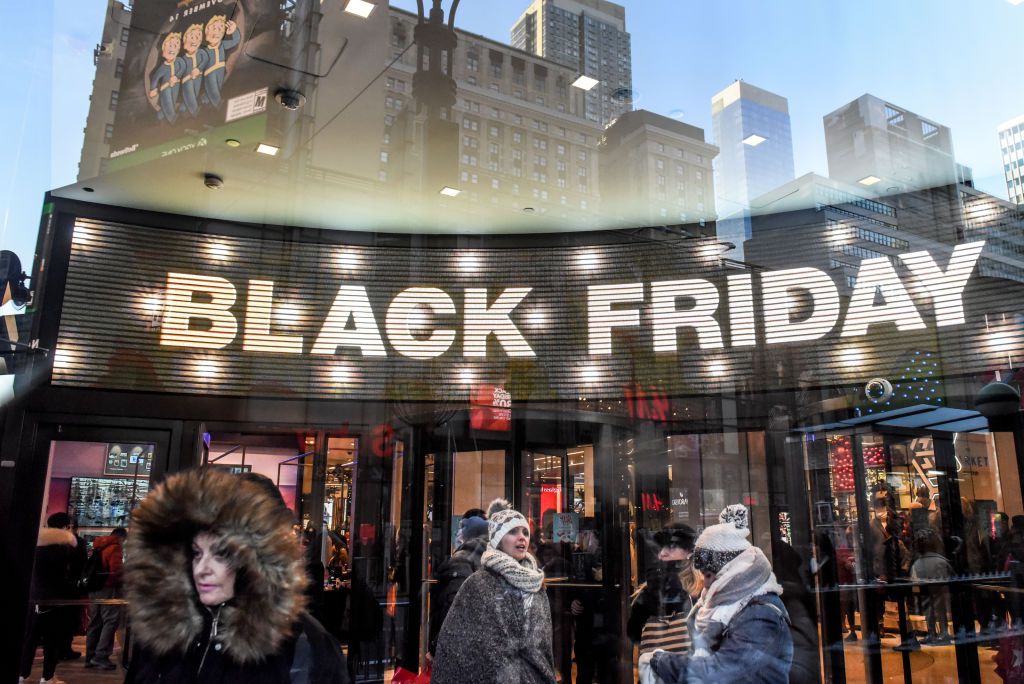In the U.S., the Friday after Thanksgiving is referred to as Black Friday. In the United States, it usually symbolizes the beginning of the holiday shopping season. Numerous retailers have heavily advertised bargains at reduced pricing and frequently open early, often as early as 12:30. Since 2005, Black Friday has consistently been the largest shopping date of the year in the United States. The term “Black Friday” was first used to refer to the day following Thanksgiving, as noted in the journal ‘Factory Management and Maintenance’ in November 1951, and then again in 1952. It was referring to the practice of employees calling in ill the day following Thanksgiving in an attempt to get a 4-day weekend.
At about the same time, authorities in Philadelphia, as well as Rochester, began using the names “Black Friday” as well as “Black Saturday” to characterize the mobs, as well as traffic jams that accompanied the beginning of the busy holiday season. In 1961, the city of Philadelphia and its merchants sought to improve circumstances, and a public affairs expert suggested renaming the days “Big Friday” as well as “Big Saturday”; nevertheless, these phrases were forgotten quickly. Since 1952, the day following Thanksgiving has been considered as the start of the Christmas holiday season in the United States.
The tradition might be related to the concept of Santa Claus parades. As Christmas is always the next big holiday after Thanksgiving, parades commemorating Thanksgiving frequently feature a cameo by Santa at the ending of the procession, with the concept that “Santa has come” or “Santa’s always just around the corner.” For several years, stores pushed Black Friday opening hours earlier than usual, finally nearing midnight, before starting on Thanksgiving night. Kmart opened at 7 p.m. on Thanksgiving in 2009 to allow consumers to escape Black Friday congestion and get home just in time for a Thanksgiving meal with their family. Numerous non-retail workers, as well as institutions, are off on both Thanksgiving as well as the Friday after. This, along with the next regular weekend, makes Black Friday weekend a four-day weekend, which is thought to boost the number of prospective consumers.
Several internet retailers spend a lot of money on promotional efforts to increase sales and traffic to their websites. Nevertheless, they frequently overlook the heavy traffic that their sites would face. Retail Gazette reports that several large retailers’ websites crashed in 2017 due to an inability to handle the increase in Black Friday traffic. This only demonstrates that some shops have not undertaken the required precautions to plan for Black Friday. Failure to plan for the peak season can result in poor productivity, site unavailability, and subsequently lost income for merchants.
Despite regular attempts to manage crowds, minor injuries are prevalent, generally as a consequence of individuals being pushed or flung to the ground in micro stampedes. While the majority of casualties are minor, significant injuries and even purposeful violence have occurred on certain Black Fridays. 14 individuals have lost their lives due to Black Friday-related violence as well as mishaps, and over 100 individuals have been injured thus far. The measures taken by the local authorities or the respective store owners to control mobs and prevent overcrowding are often inadequate.
